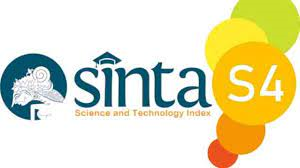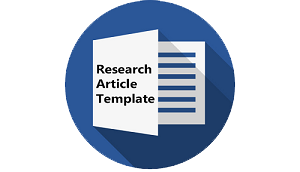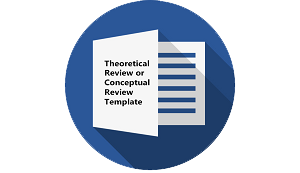METAPHORS IN THE HEADINGS OF KALTIM POST NEWS
DOI:
https://doi.org/10.30957/ijotl-tl.v3i3.501Keywords:
metaphors, predicative, nominative, news, lead.Abstract
Â
Metaphors used in the political news published in Kaltim Post Daily News are analyzed in this study. The objectives of the analysis are to see kind of metaphors and their intended meaning in the context of news. Content analysis is used for the design in this study. Data are collected from available news for two months. Criteria of metaphors as proposed by Wahab (1995) are used for analysis. This study identified two kinds of metaphors among three kinds proposed by Wahab (1995). The first kind is nominative metaphors used as a subject of a sentence. The second kind is predicative metaphor used for an predicate of a sentence. In the context of lead presentation in of news in publication, the use of nominative and predicative metaphors are relevant to the uses of precise dictions in the limited space of publication.Â
Â
          Â
Downloads
References
Aarts, Flor and Aarts, Jan. 1982. English Syntactic Structure. New York:
Pergamon Press.
Aminuddin. 1988. Semantik. Bandung: Penerbit C.V Sinar Baru.
Budiarti, Yuniah. 2006. The Use of “Thank†by Preschool Pupils in Sevilla
Kindegarten. Unpublished Thesis. Samarinda: Graduate Program FKIP Samarinda.
Budiharso, Teguh. 2008. Contrastive Analysis on Rhetoric and Linguistic
Features of Academic Essays. Yogyakarta: Cawan Mas.
Cahyani, Yesi. 2008. Style and Sentences in News Articles of Kaltim This
Week News Program of TVRI of East Kalimantan. Unpublished Thesis. Samarinda: Graduate Program FKIP Samarinda.
Charnley. 1999. News writing style. Available Online:
(http://en.wikipedia.org/news_style categories:Newswriting, accessed on July 9th, 2008).
English, Purdue, edu. 2004. Definitions of Metaphors. Available Online:
(http://owl.english.purdue.edu/handouts/general/gl_metaphor.html, accessed on June 28, 2008).
Lakoff and Johnson. 1999. Metaphors. Available Online:
(http://owl.english.purdue.edu/handouts/general/gl_metaphor.html, accessed on July 9th, 2008).
Mulyana. 2005. Kajian Wacana, Teori, Metode, dan Aplikasi Prinsip- prinsip
Analisis Wacana. Yogyakarta: Tiara Wacana.
Purwo, Bambang, Kaswanti. 1993. Analisis Wacana Pengajaran Bahasa.
Makalah disajikan pada Pertemuan Linguistik Bahasa Atma Jaya: Keenam, 3 dan 4 November 1992.
Purwo, Bambang, Kaswanti. 2004. Kurikulum Berbasis Kompetensi,
Kemahiran Menulis, Korpus Bahasa, Metafora, Bahasa dan Komputer, Analisis Wacana Lisan, Pengajaran Berbasis Lieksikon. Makalah disajikan pada Pertemuan Linguistik Pusat Kajian Bahasa dan Budaya Atma Jaya: Ketujuh Belas, 23 dan 24 Juli 2003.
Purwo, Bambang, Kaswati. 1990. Bahasa Anak, theory Hollyday, theory
chomsky, analisis performatif, penerjemah metafora. Makalah disajikan pada Pertemuan linguistik Bahasa Atma Jaya: Ketiga, 22 dan 23 Agustus 1989.
Sugiarto. 2008. Metaphor. Available Online:
(http://desaingrafisindonesia.wordpress.com/2008/02/24/metafora-visual-kartun-editorial-pada-surat-kabar-jakarta-1950-1957/, accessed on October 17th, 2008).
Wikipedia. 2008. Kaltimpost. Availabe Online: (http://en.
Wikipedia.org/wiki/Kaltimpost, accessed on July 9th, 2008).
Downloads
Published
How to Cite
Issue
Section
License
Authors who publish with this journal agree to the following terms:
- Authors retain copyright and grant the journal right of first publication with the work simultaneously licensed under a Creative Commons Attribution-ShareAlike 4.0 International License that allows others to share the work with an acknowledgement of the work's authorship and initial publication in this journal.
- Authors are able to enter into separate, additional contractual arrangements for the non-exclusive distribution of the journal's published version of the work (e.g., post it to an institutional repository or publish it in a book), with an acknowledgement of its initial publication in this journal.
- Authors are permitted and encouraged to post their work online (e.g., in institutional repositories or on their website) prior to and during the submission process, as it can lead to productive exchanges, as well as earlier and greater citation of published work (See The Effect of Open Access).












